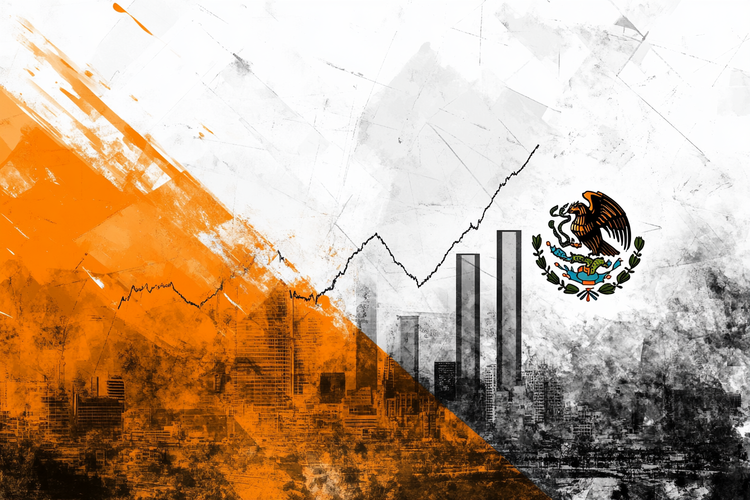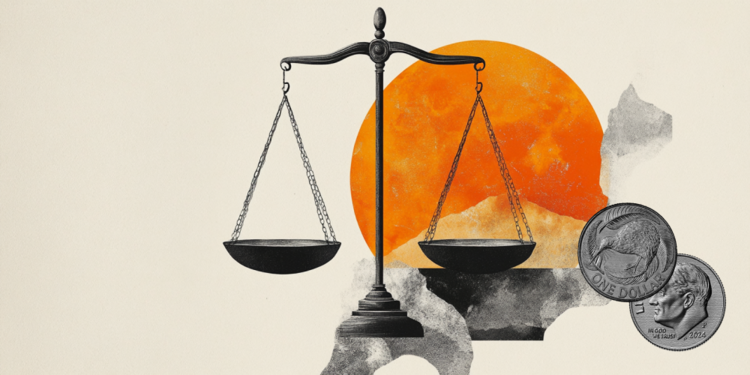- The Dollar falls to five-month lows near 101.40.
- Stock markets rise this week as investors bet on an early Fed rate cut.
The US Dollar (USD) is facing growing selling pressure as investors increasingly price in interest rate cuts by early 2024. Markets are choosing to ignore comments and warnings from several U.S. officials. US Federal Reserve, who are trying to downplay expectations of upcoming cuts. As US equities experience a holiday rally, bond yields have plummeted, causing the gap between the dollar and currencies to narrow substantially.
On the economic front, the penultimate data has been published. Durable goods have surprised to the upside on all fronts and given the dollar some firepower to fight back. The fact that consumers continue to spend and even spend more means that the recession has not yet arrived, which is necessary for those rate cuts that the markets are so interested in having in early 2024. The inflation expectation at The University of Michigan's 5-year inflation outlook has been above expectations but below 3% in its 5-year inflation forecast and markets are using it as confirmation of declining inflation.
Dollar Index Technical Analysis: DXY Has a Hangover
The Dollar Index is experiencing one of its worst weeks of the last quarter. With trading desks cleaning out their balance sheets, it is clear that several Solar bulls have further unwound their positions in the Dollar. With the relentless decline in US yields, the rate differential story has come to an end for 2023, and markets are betting on a further decline by early 2024.
Any encouraging data surprises that could contradict rate cut bets or geopolitical developments triggering dollar inflows could still push the DXY higher. On the daily chart, the first level to watch is 103.00 points. Once above, the 200-day SMA at 103.50 is the next important level to reach.
On the downside, look for 100.82, which coincides with the lows of February and April. If that level is broken, nothing will stop DXY from heading to the sub-100 zone.
Frequently asked questions about the Fed
What does the Federal Reserve do and how does it affect the dollar?
The monetary policy of the United States is directed by the Federal Reserve (Fed). The Fed has two mandates: achieving price stability and promoting full employment. Your main tool to achieve these objectives is to adjust interest rates.
When prices rise too quickly and inflation exceeds the Federal Reserve's 2% target, it raises interest rates, raising borrowing costs throughout the economy. This translates into a strengthening of the US Dollar (USD), as it makes the United States a more attractive place for international investors to place their money.
When inflation falls below 2% or the unemployment rate is too high, the Federal Reserve can lower interest rates to encourage borrowing, which weighs on the greenback.
How often does the Federal Reserve hold monetary policy meetings?
The Federal Reserve (Fed) holds eight meetings a year, in which the Federal Open Market Committee (FOMC) evaluates the economic situation and makes monetary policy decisions.
The FOMC is made up of twelve Federal Reserve officials: the seven members of the Board of Governors, the president of the Federal Reserve Bank of New York, and four of the eleven presidents of the regional Reserve banks, who serve for one year on a rotating basis.
What is Quantitative Easing (QE) and how does it affect the USD?
In extreme situations, the Federal Reserve can resort to a policy called Quantitative Easing (QE). QE is the process by which the Fed substantially increases the flow of credit into a clogged financial system.
It is a non-standard policy measure used during crises or when inflation is extremely low. It was the Fed's weapon of choice during the Great Financial Crisis of 2008. It involves the Fed printing more dollars and using them to buy high-quality bonds from financial institutions. QE usually weakens the US dollar.
What is Quantitative Tightening (QT) and how does it affect the US Dollar?
Quantitative tightening (QT) is the reverse process of QE, whereby the Federal Reserve stops buying bonds from financial institutions and does not reinvest the capital of the maturing bonds it has in its portfolio to buy new bonds. It is usually positive for the value of the US Dollar.
Source: Fx Street
I am Joshua Winder, a senior-level journalist and editor at World Stock Market. I specialize in covering news related to the stock market and economic trends. With more than 8 years of experience in this field, I have become an expert in financial reporting.







